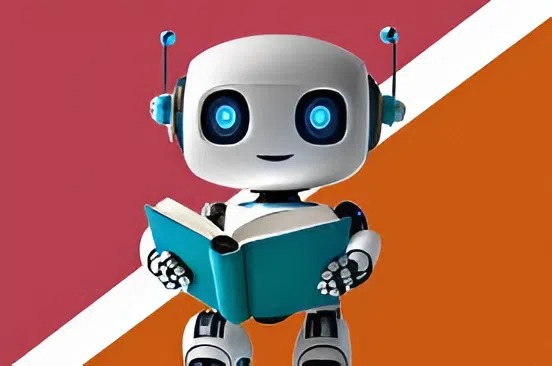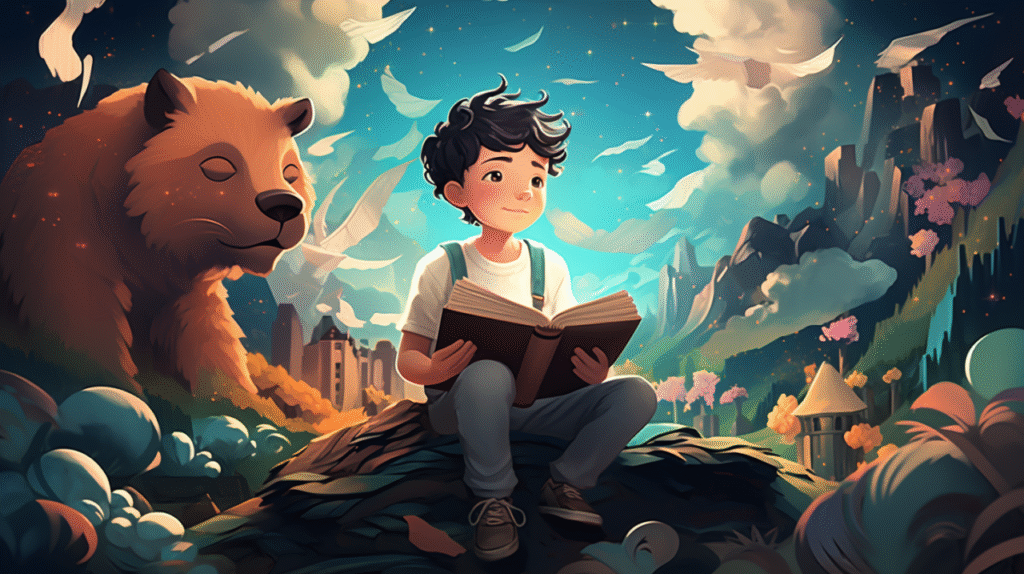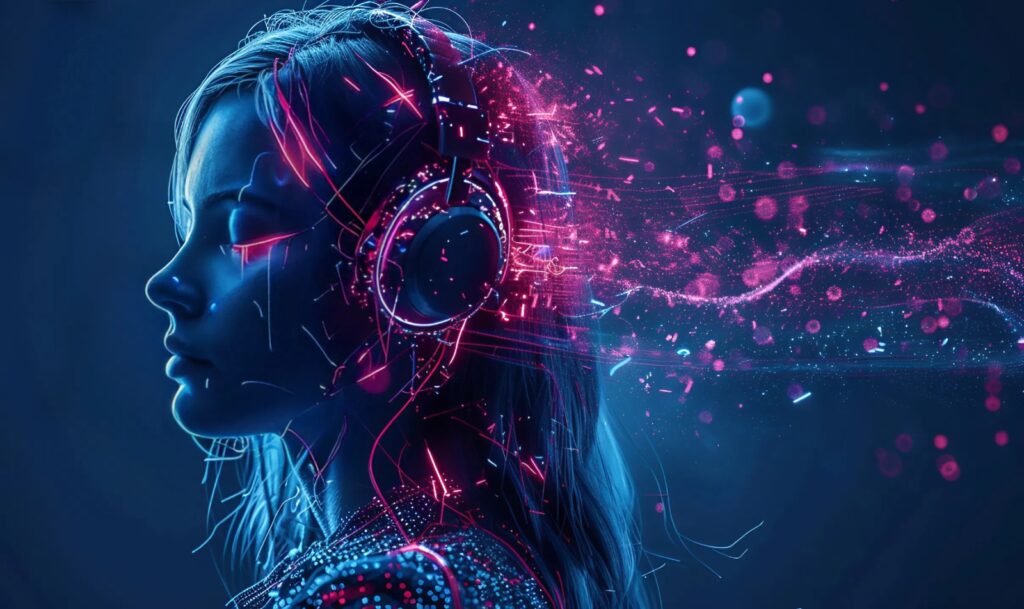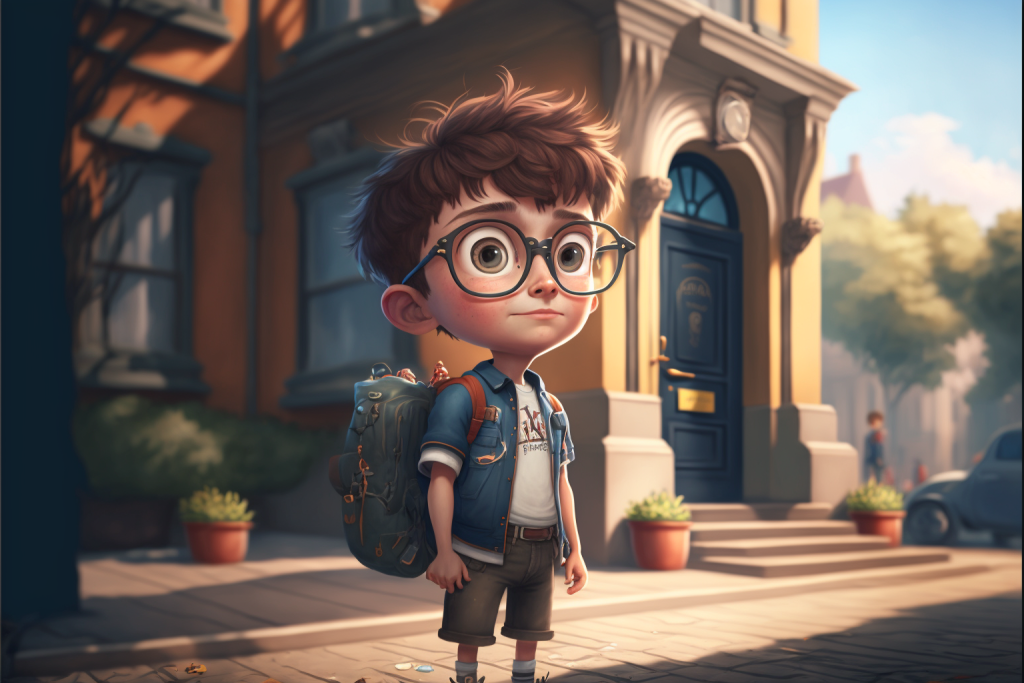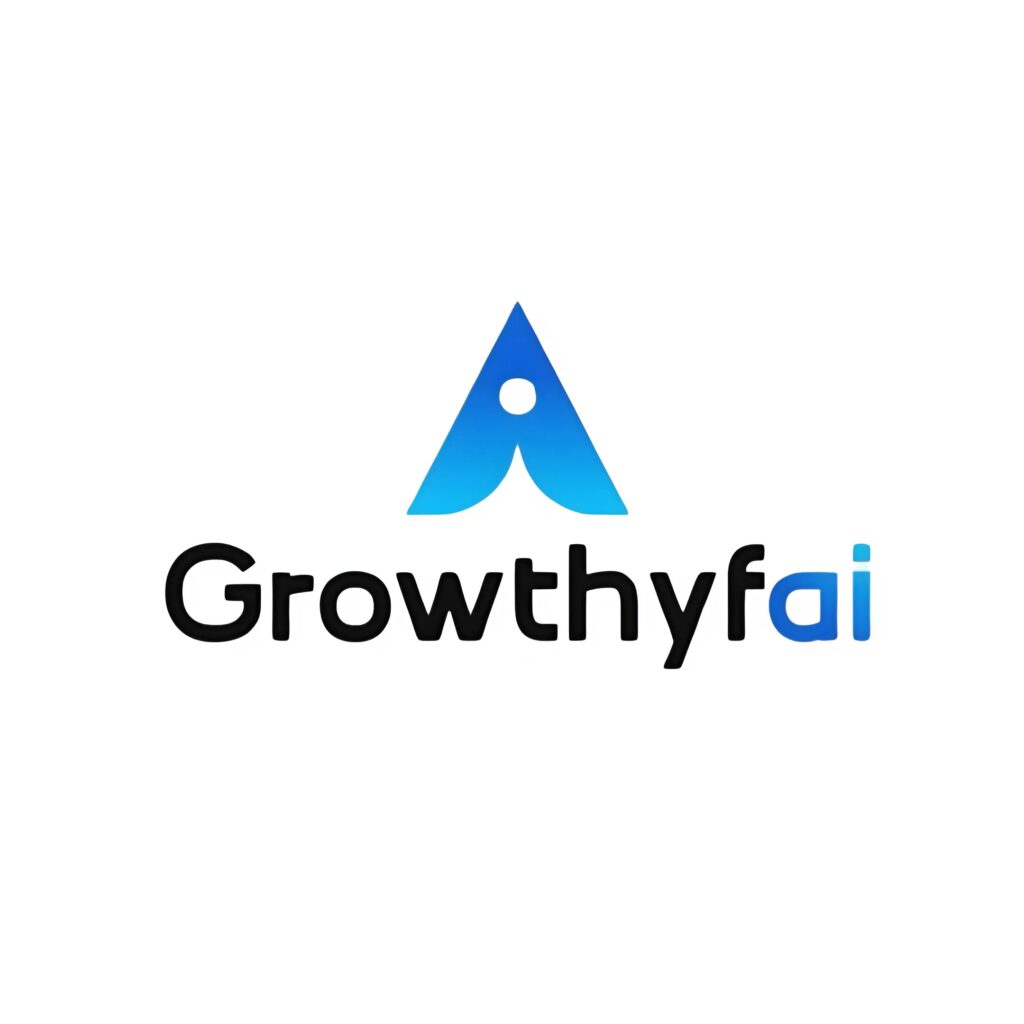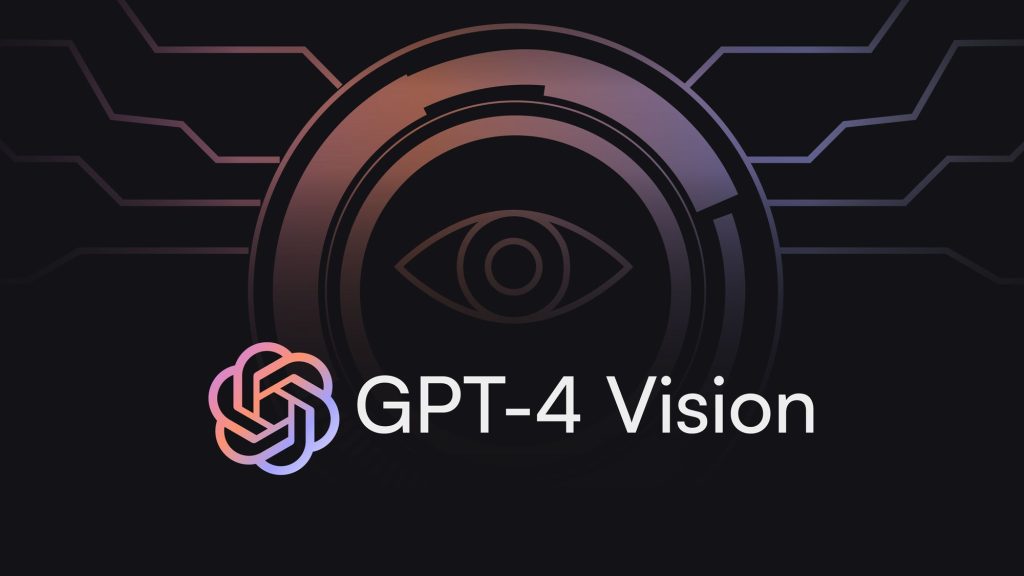AI and the Rise of Autonomous Storytellers
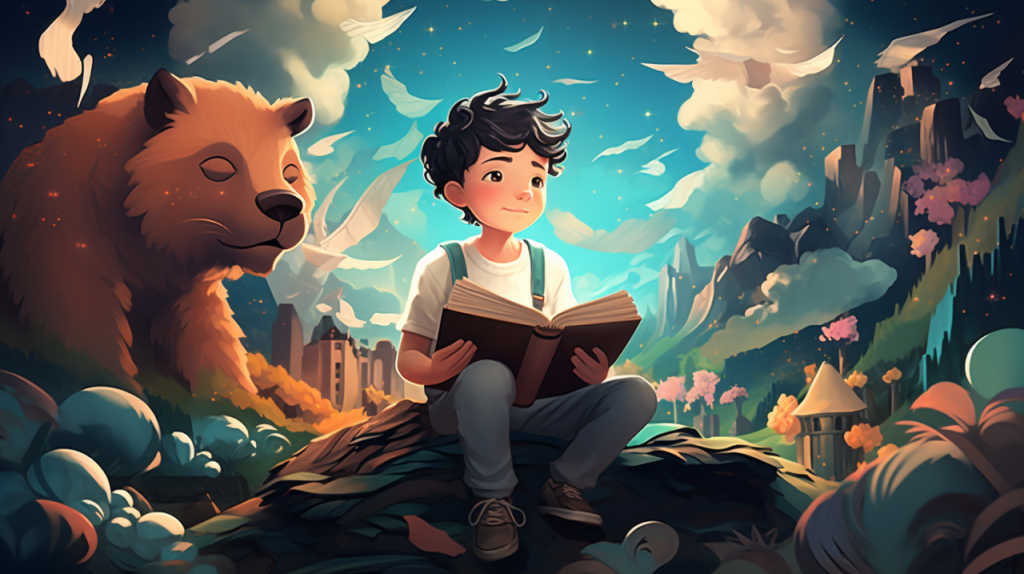
Artificial Intelligence (AI) has become a transformational force in many industries, and one of its most intriguing applications is in the realm of creativity. As AI continues to advance, it is gradually mastering the art of storytelling, challenging traditional narratives and reshaping the creative landscape. This phenomenon has ushered in a new wave of autonomous storytellers, digital entities capable of crafting tales that captivate and inspire.
Understanding Autonomous Storytellers
Autonomous storytellers refer to AI systems designed to create narratives without human intervention. These systems utilize sophisticated algorithms and machine learning to analyze vast amounts of data, learning narrative structures and genre-specific elements. The result is the ability to generate coherent and engaging stories, whether it be in written, visual, or audio form.
The mechanics behind these systems often involve neural networks, such as Generative Pre-trained Transformers (GPT), which have demonstrated remarkable prowess in understanding and recreating human-like text. By training on diverse datasets, these models can generate stories with rich characters, enticing plots, and believable dialogue.
The Evolution of AI in Storytelling
AI’s journey into storytelling began with simple text-based models that could mimic human-written sentences. However, today’s models have evolved into complex systems capable of not only stringing sentences together but also crafting intricate narratives.
Innovations such as OpenAI’s GPT-3 have marked significant milestones in this evolution. With 175 billion parameters, GPT-3 can produce text that is often indistinguishable from that written by humans. It can generate everything from business reports to poetry and even short fiction. This leap in capability has sparked interest in various sectors, from publishing to entertainment, where storytelling is a core component.
Applications Across Industries
The entertainment industry has eagerly adopted AI-driven storytelling, using it to generate scripts, storyboard scenes, and even develop character arcs. Netflix, for example, employs AI algorithms to analyze viewer preferences and suggest storylines likely to resonate with its audience. Additionally, AI tools are being used to create video games with dynamic storytelling elements that adapt to a player’s choices, offering a personalized experience.
In the field of journalism, AI is being used to craft news articles, particularly in areas requiring the synthesis of large datasets, such as financial reporting. Automated content generated by AI allows for real-time updates and insights, freeing human journalists to focus on investigative and in-depth reporting.
The education sector is also exploring the potential of AI-driven storytelling to create interactive and engaging learning materials. By crafting narratives that resonate with learners, educators can enhance engagement and retention rates. AI-generated stories tailored to a student’s learning pace and style can provide a more personalized educational experience.

Examples of Autonomous Storytellers
A notable example of an autonomous storyteller is the AI Dungeon platform, which uses GPT-3 to create endless story possibilities based on player input. This interactive AI-driven game empowers users to steer the narrative, fostering an engaging storytelling experience that evolves according to player choices.
Another intriguing application is the AI-generated novel “1 The Road” by Ross Goodwin. The novel was created by an AI using sensors tracking a car journey, with the outputs compiled into an experimental narrative. This highlights AI’s potential for creating unique and unconventional stories.
In the realm of visual storytelling, RunwayML’s AI tools enable creators to generate music videos and artistic visuals driven by machine learning algorithms. These applications demonstrate the versatility of autonomous storytellers across multiple mediums.
Challenges and Ethical Considerations
Despite the exciting possibilities offered by AI in storytelling, there are challenges and ethical considerations to address. One major concern is the potential for AI-generated content to perpetuate biases present in the training data. Stories that propagate stereotypes or harmful narratives could have widespread cultural impacts.
Furthermore, there is the question of authorship and intellectual property. As AI becomes more involved in the creative process, determining who holds the rights to an AI-generated story becomes a complex issue that requires legal and ethical exploration.
Ensuring transparency in AI-generated content is also essential. Consumers should be made aware of when a story has been crafted by AI, fostering a relationship of trust and understanding between technology and its audience.
Conclusion
AI and the rise of autonomous storytellers represent a thrilling chapter in the intersection of technology and creativity. While AI-driven storytelling has already made significant strides, the future promises even more groundbreaking developments as we continue to explore the limitless potential of machine-generated narratives.
As we navigate this evolving landscape, it is crucial to remain cognizant of the ethical considerations and challenges, ensuring that AI storytellers serve as positive contributors to the creative community. With thoughtful implementation and mindful regulation, AI has the capacity to enrich our narratives, pushing the boundaries of what storytelling can be in the digital age.
The narrative of AI in storytelling is just beginning, and like any great tale, its unfolding promises twists, turns, and the occasional surprise. As we embark on this journey, we are reminded that in the world of storytelling, the most important thing is the ability to engage, inspire, and connect—qualities that AI is steadily learning how to master.

